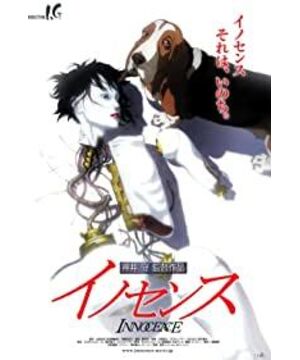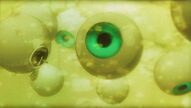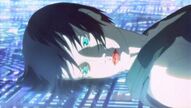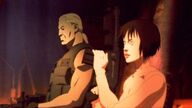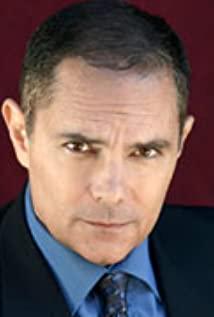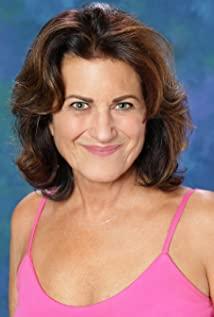are two epic sci-fi animated films. The director of the work is Mamoru Oshii, who is as famous as Hayao Miyazaki and Keyo Otomo, and is known as one of the top three animation directors in Japan and even the world.
In 1995, the release of the theatrical version of "Ghost in the Shell" adapted from the comics opened up a new situation for Japanese animation. Changing the fun of past animations for entertainment, this talented director wants to seriously convey some philosophical reflections on technology and life. The story takes place in a city similar to Hong Kong in 2029, and the person in charge of the Nine Sections of the Public Security has already been held by a prosthetic person (mechanical biochemical person). In the movie, the high-energy and mysterious Motoko Kusanagi and the tender-hearted Bart are both such prosthetics. During their mission, they discovered that the Six Sections in charge of diplomacy used puppet masters to invade human brains and implant virtual memories to control objects. In the final confrontation of the film, Motoko's soul is combined with the puppet master program and separated from the government's control, and finally merged into the vast and endless sea of nets. This work by Mamoru Oshii is full of a strange beauty and a sense of apocalyptic nihility. As Motoko said: "I often think, maybe I died a long time ago. Now I'm just a soul copied from mechanical and electronic signals, maybe the real 'I' never existed at all."; "No People can see their own brains, and my existence is only based on the surrounding situation to make corresponding judgments."
Compared with the first "Innocent", the second film produced in 2004, the director extended the story and brought his personal characteristics to the extreme. In Innocence, the director is so scheming that every frame is given a specific meaning. The various quotations and references in the works aim to convey a broad and profound Buddhist Zen meaning, such as "life and death, shed head puppets, when a line is broken, they stand upright" (Shi Ami's "Flower Mirror"), "Unknown life, how can I know." Death" (Confucius' "The Analects of Confucius • Volume Six Advances Eleventh") and "Birds hide high in the sky, fish dive deep in the water" (Saito Luyu "Fei 々 Thorn 々") and so on.
In addition, the soundtracks of the two films, such as "Puppet Ballad", make the artistic conception of the works richer and more perfect. "Puppet Ballad", which is made of various musical instruments mixed with blockbuster electronic sound effects, presents a style of Chinese sacrificial music. The music is desolate and resentful, and when the desolate female voice sounds, it makes people feel heartbreaking.
In short, excellent movies are cross-domain time and region. It can be said that the first and second works of "Ghost in the Shell" are the peak animation movies that cannot be surpassed so far. Therefore, it is strongly recommended to Fanjia Ninis. If you have the opportunity, don't miss such a classic. It is guaranteed that there will be a feeling of seeing each other late after reading it.
View more about Ghost in the Shell 2: Innocence reviews


